32.3 Group Differences in Intelligence Test Scores
If there were no group differences in aptitude test scores, psychologists could politely debate hereditary and environmental influences in their ivory towers. But there are group differences. What are they? And what shall we make of them?
Gender Similarities and Differences
32-
In science, as in everyday life, differences, not similarities, excite interest. Compared with the anatomical and physiological similarities between men and women, our intelligence differences are minor. In a 1932 testing of all Scottish 11-
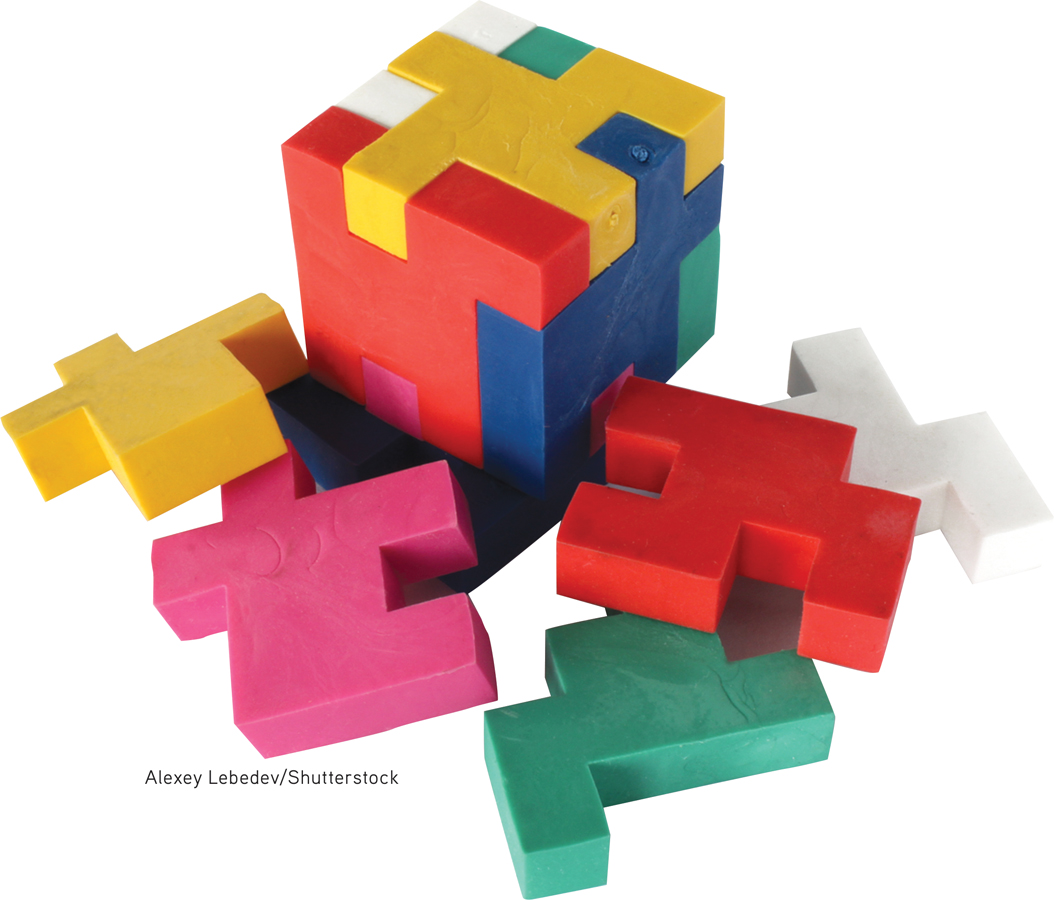
Yet, most people find differences more newsworthy. Girls outpace boys in spelling, verbal fluency, locating objects, detecting emotions, and sensitivity to touch, taste, and color (Halpern et al., 2007). Boys outperform girls in tests of spatial ability and complex math problems, though in math computation and overall math performance, boys and girls hardly differ (Else-
The most reliable male edge appears in spatial ability tests like the one shown in FIGURE 32.3 (Maeda & Yoon, 2013; Wei et al., 2012). The solution requires speedily rotating three-
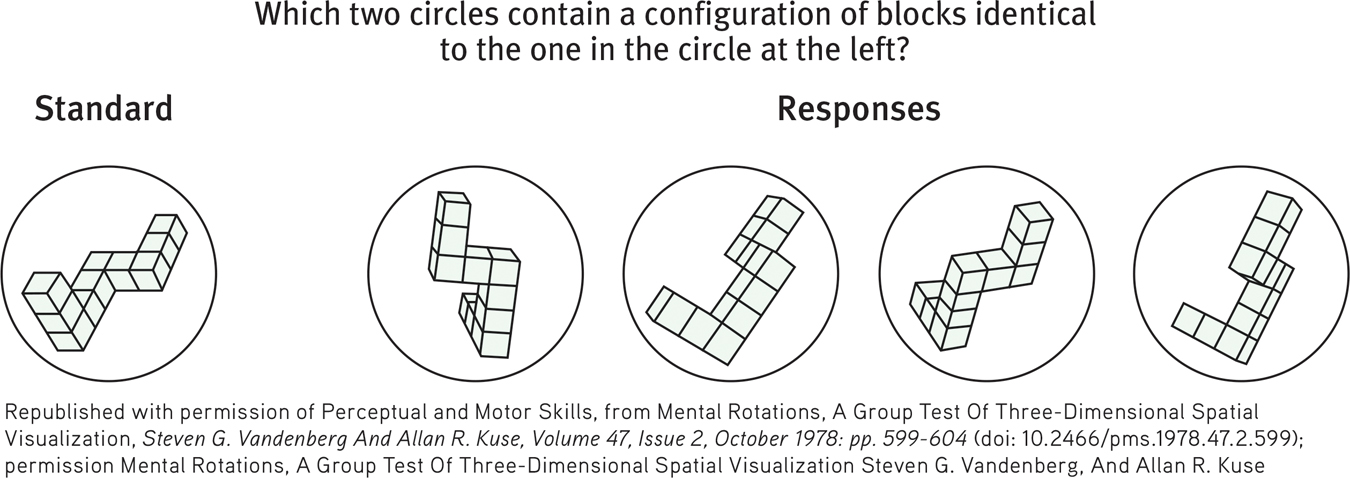
 Figure 32.3
Figure 32.3The mental rotation test
This is a test of spatial abilities. (From Vandenberg & Kuse, 1978.) See answer below.
ANSWER: The first and fourth alternatives.
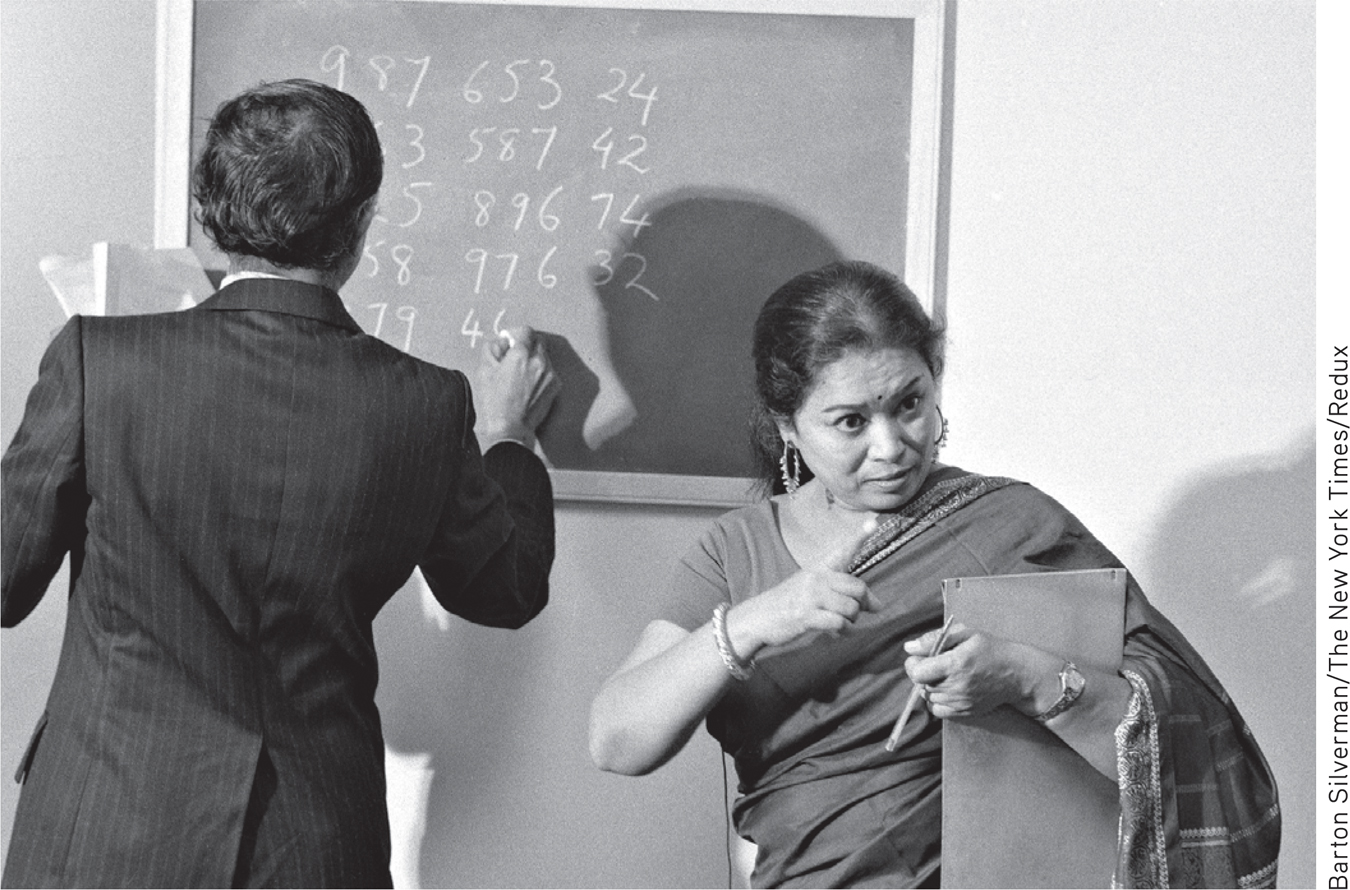
But experience matters. One experiment found that playing action video games boosts spatial abilities, generally a male more than female pursuit (Eagan et al, 2013; Feng et al., 2007). Evolutionary psychologist Steven Pinker (2005) has argued that biology affects gender differences in life priorities (women’s greater interest in people versus men’s in money and things), in risk-
Other researchers remind us that social expectations and divergent opportunities shape boys’ and girls’ interests and abilities (Crawford et al., 1995; Eccles et al., 1990). In Asia and Russia, teen girls have outperformed boys in an international science exam; in North America and Britain, boys have scored higher (Fairfield, 2012). More gender-
Racial and Ethnic Similarities and Differences
32-
Fueling the group-
- Racial and ethnic groups differ in their average intelligence test scores.
- High-scoring people (and groups) are more likely to attain high levels of education and income.
There are many group differences in average intelligence test scores. New Zealanders of European descent outscore native Maori New Zealanders. Israeli Jews outscore Israeli Arabs. Most Japanese outscore most Burakumin, a stigmatized Japanese minority. Those who can hear have outscored those born deaf (Braden, 1994; Steele, 1990; Zeidner, 1990). And White Americans have outscored Black Americans. This Black-
We have seen that heredity contributes to individual differences in intelligence. But group differences in a heritable trait may be entirely environmental. Consider one of nature’s experiments: Allow some children to grow up hearing their culture’s dominant language, while others, born deaf, do not. Then give both groups an intelligence test rooted in the dominant language, and (no surprise) those with expertise in that language will score higher. Although individual performance differences may be substantially genetic, the group difference is not (FIGURE 32.4).

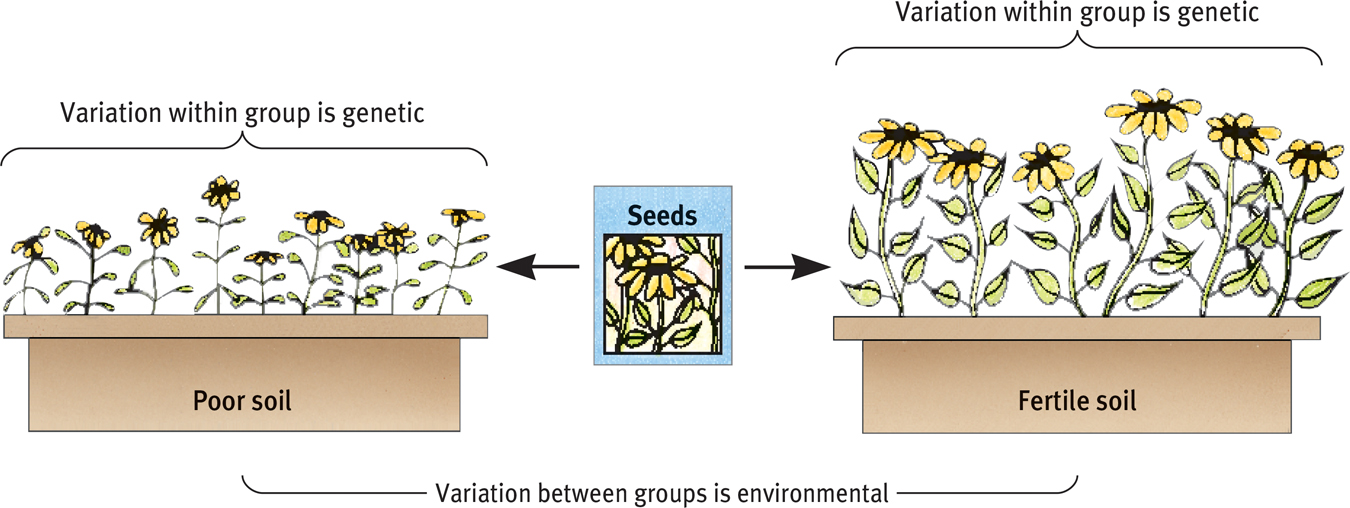
 Figure 32.4
Figure 32.4Group differences and environmental impact Even if the variation between members within a group reflects genetic differences, the average difference between groups may be wholly due to the environment. Imagine that seeds from the same mixture are sown in different soils. Although height differences within each window box of flowers will be genetic, the height difference between the two groups will be environmental. (Inspired by Lewontin, 1976.)
Might the racial gap be similarly environmental? Consider:
Genetics research reveals that under the skin, the races are remarkably alike. The average genetic difference between two Icelandic villagers or between two Kenyans greatly exceeds the group difference between Icelanders and Kenyans (Cavalli-
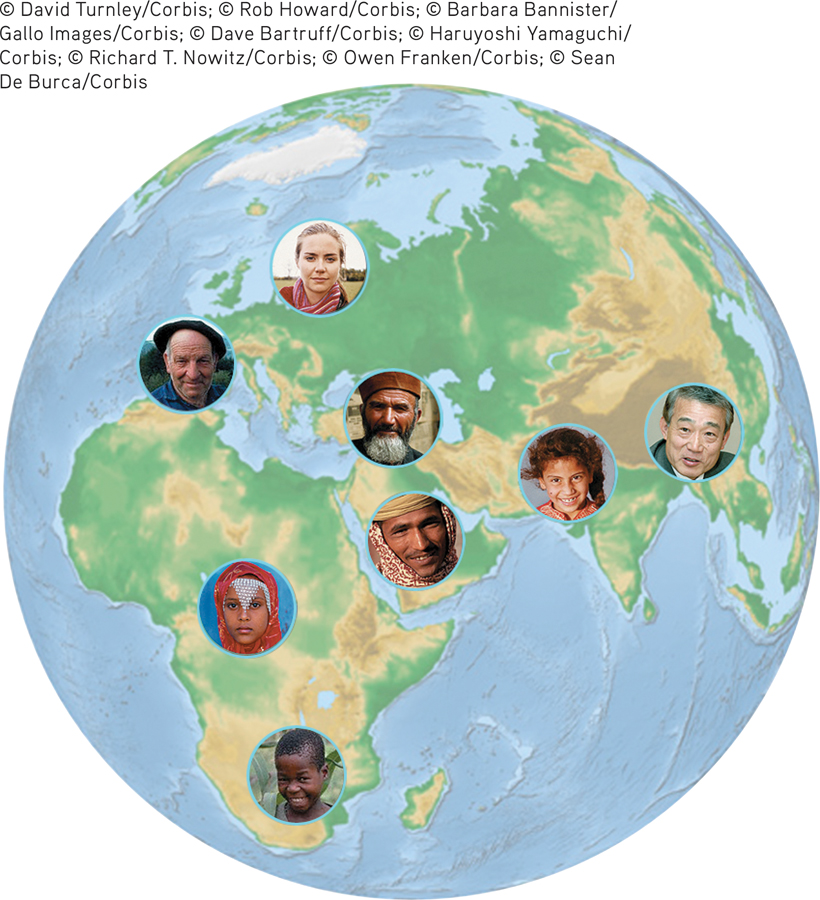
Race is not a neatly defined biological category. Many social scientists see race primarily as a social construction without well-
The intelligence test performance of today’s better-
When Blacks and Whites have or receive the same pertinent knowledge, they exhibit similar information-
Schools and culture matter. Countries whose economies create a large wealth gap between rich and poor tend also to have a large rich-
“Do not obtain your slaves from Britain, because they are so stupid and so utterly incapable of being taught.”
Cicero, 106-43 B.C.E.
In different eras, different ethnic groups have experienced golden ages—
RETRIEVAL PRACTICE
- In prosperous country X, everyone eats all they want. In country Y, the rich are well fed, but the semistarved poor are often thin. In which country will the heritability of body weight be greater?
The heritability (differences due to genes) of body weight will be greater in country X, where environmental differences in available nutrition are minimal.